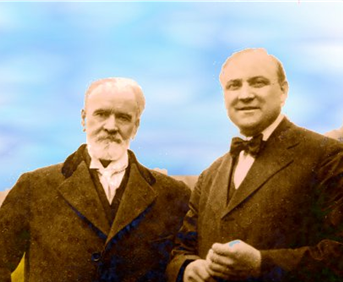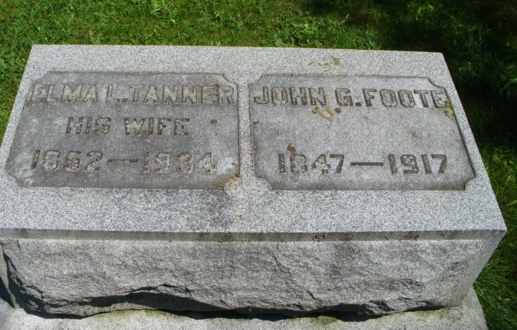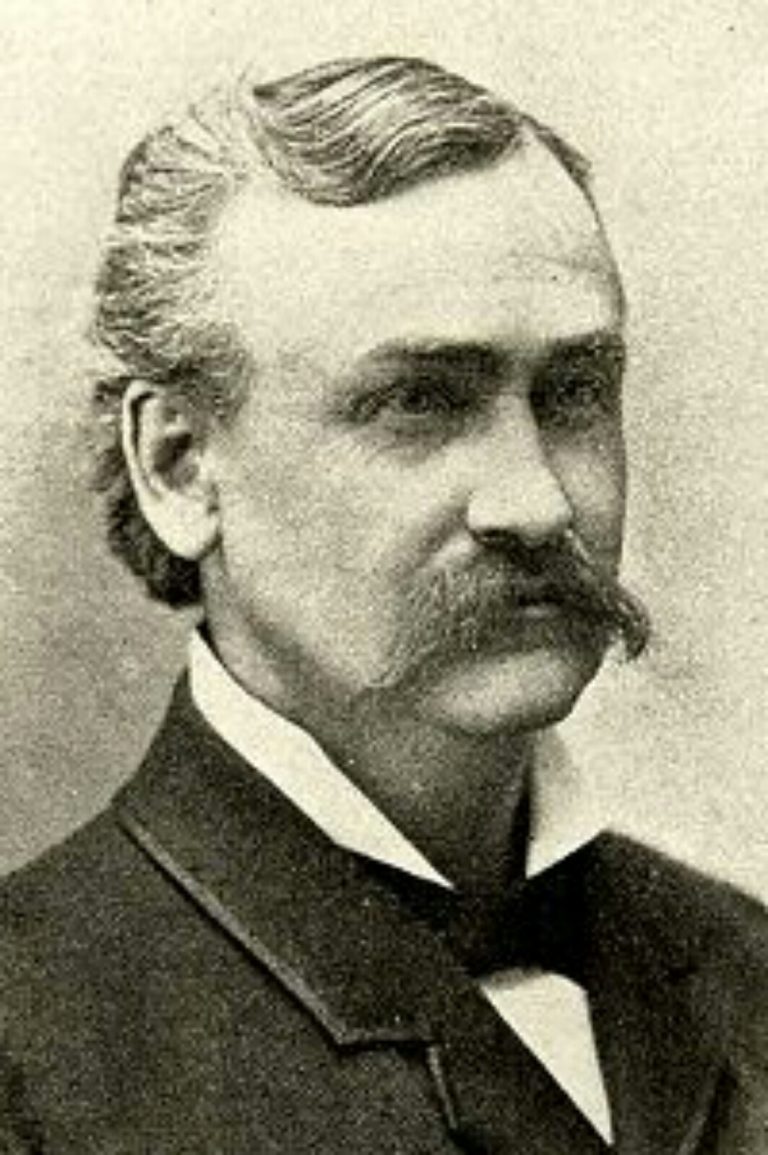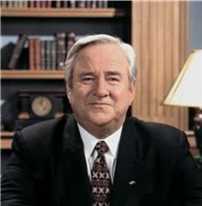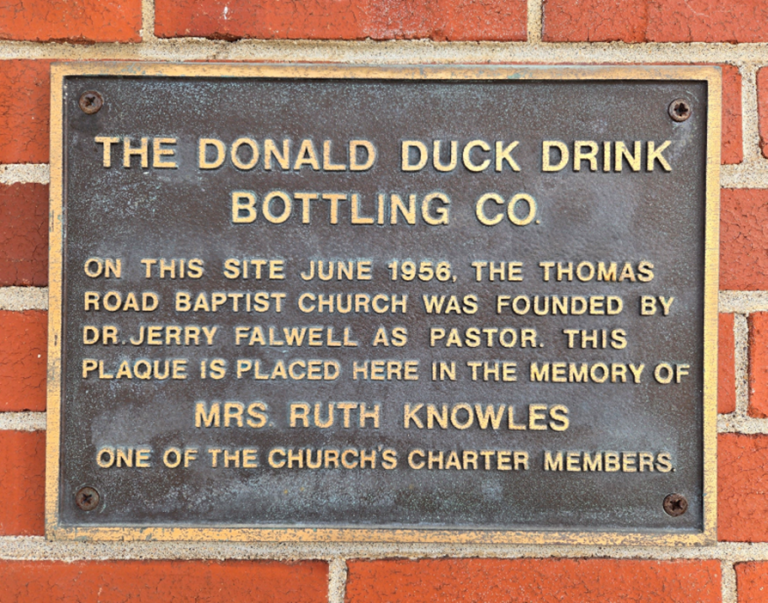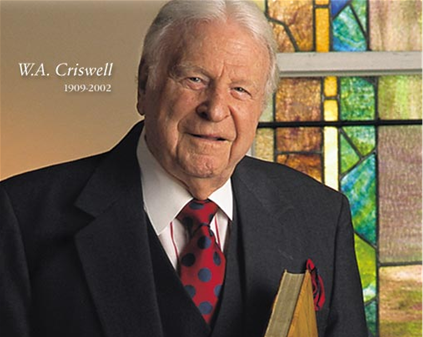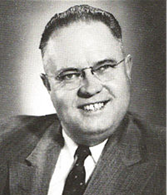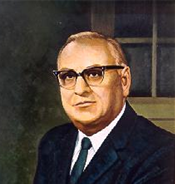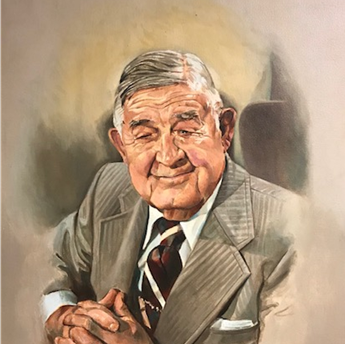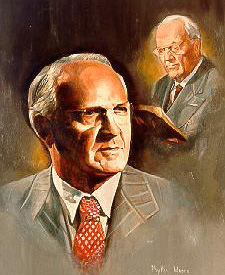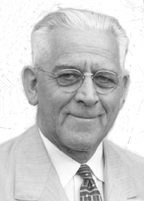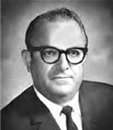New
Favorite
Hymn History: What Will You Do with Jesus? & Author: Albert Benjamin Simpson “Our God has boundless resources. The only limit is in us. Our asking, our thinking, our praying are too small. Our expectations are too limited.” (Albert Benjamin Simpson) The Origin of the Hymn “What Will You Do with Jesus?” “What Will You Do with Jesus?” is Read more...
New
Favorite
Hymn History: When I See the Blood & Author: John George Foote “A spirited gospel song written by John G. Foote – a man about whom nothing is known but his name. But his song is rich in Christian doctrine.” (Robert Cottrill) The Origin of the Hymn “When I See the Blood” “When I See the Blood” is a Read more...
New
Favorite
Hymn History: Yield Not to Temptation & Author: Horatio Richmond Palmer “He organized the Church Choral Union which at its height enrolled 20,000 singers and performed in Madison Square Garden.” (John Howell) The Origin of the Hymn “Yield Not to Temptation” “Yield Not to Temptation” is a classic gospel hymn that has been cherished by Christians for generations. Written Read more...
New
Favorite
Elisabeth Howard Elliot “God is God. Because he is God, He is worthy of my trust and obedience. I will find rest nowhere but in His holy will that is unspeakably beyond my largest notions of what he is up to.” (Elisabeth Howard Elliot) Elisabeth Howard Elliot: A Legacy of Faith, Courage, and Obedience Elisabeth Howard Elliot’s name has Read more...
New
Favorite
Elmer Lee Deal “From 1962 to 2009 … there were 158 churches started. Many more than the verified 158 churches were started, but the actual number is unknown due to their remote locations in the bush.” (Christian Hall of Fame) Early Life and Call to Service Elmer Lee Deal was born on August 11, 1925, in Rocky Comfort, Missouri. Read more...
New
Favorite
Lee Edward Roberson “The greatest faith is born in the hour of despair. When we can see no hope and no way out, then faith rises and brings the victory.” (Lee Edward Roberson) Early Life and Formative Years Lee Edward Roberson was born November 24, 1909, near English, Indiana, in a modest two-room log cabin. His parents, Charles E. Read more...
New
Favorite
Jerry Laymon Falwell Sr. “Nothing of spiritual significance comes without sacrifice. Your spirituality will always be measured by the size of your sacrifice.” (Jerry Laymon Falwell Sr.) Jerry Laymon Falwell Sr. Jerry Laymon Falwell Sr. (born August 11, 1933 – died May 15, 2007) was a towering figure in modern American evangelicalism. His influence spanned pulpit, media, education and Read more...
New
Favorite
Inscription On this site June 1956, the Thomas Road Baptist Church was founded by Dr. Jerry Falwell as Pastor. This plaque is placed here in the memory of Mrs. Ruth Knowles one of the church’s charter members. Read more...
New
Favorite
Adrian Pierce Rogers “We ought to be living as if Jesus died yesterday, rose this morning, and is coming back this afternoon.” (Adrian Pierce Rogers) Adrian Pierce Rogers Adrian Pierce Rogers (September 12, 1931 – November 15, 2005) stands as one of the most consequential figures in late 20th-century American evangelicalism. His pastoral leadership, doctrinal stance, media ministry, and Read more...
New
Favorite
Harold Ray Henniger “I think the reason for the growth of the church was Rev. Henniger himself. He had a new car when he first came and wore it out visiting people. … He always visited people and knew everyone’s name.” (Canton Baptist Temple Website) Early Life and Calling Harold Ray Henniger was born on May 4, 1924, in Read more...
New
Favorite
Noel Smith “[He] summed up his life this way: ‘Many times it is possible to meet people who remind you of other people. Not so with Noel Smith. … He was unique.’” (Norma Gillming) Early Years and Conversion Noel Smith was born on August 7, 1900, in Greenvale, Wilson County, Tennessee. When he was still a child his family Read more...
New
Favorite
Wallie Amos (W. A.) Criswell Jr. “He was our Apostle Paul … he led with intellectual pursuit coupled with a passionate heart.” (Anonymous) Early Life and Call Wallie Amos Criswell Jr., widely known as W. A. Criswell, was born December 19, 1909, in Eldorado, Oklahoma, to Wallie Amos Criswell Sr. and Anna Currie Criswell. When he was six the Read more...
New
Favorite
Theodore H. Epp “We should never think that once we have given some money and time to the Lord that the rest is ours to do with as we please. All that we have belongs to God, so He should be taken into consideration in everything we do.” (Theodore Epp) Early Life and Preparation Theodore H. Epp was born Read more...
New
Favorite
Bascom Ray (B. R.) Lakin “God lay the weight of the world upon me. Give me a love for every soul for whom Jesus died. Help me preach as a dying man to dying men with a broken heart and tears.” (Bascom Ray [B. R.] Lakin) Early Life and Conversion Bascom Ray Lakin was born on January 5, 1901, Read more...
New
Favorite
John Richard Rice “The world never burned a casual Christian at the stake.” (John Richard Rice) Early Life and Call to Ministry John Richard Rice was born on December 11, 1895, in Cooke County, Texas, the eldest son of William H. Rice and Sallie Elizabeth La Prade Rice. At age twelve he made a profession of faith and joined Read more...
New
Favorite
Robert Greene Lee “Revival will come… if all the sleeping folk will wake up, if all the lukewarm folk will fire up, if all the dishonest folk will confess up… Then we can have a revival!” (Robert Greene Lee) Early Life and Calling Robert Greene Lee was born on November 11, 1886, in York County, South Carolina, into a Read more...
New
Favorite
Gaylord Ford Porter “No church, no lodge, no good works can save you. Remember, God does the saving. All of it!” (God’s Simple Plan of Salvation) Early Life and Calling Ford Porter—whose full name was Gaylord Ford Porter—was born on February 5, 1893, in Ottawa County, Michigan. Raised in a home where his parents maintained a consistent “family altar,” Read more...
New
Favorite
Robert Earl Hughes “Bob Hughes’ life prayer was that God would do such a great work that people would one day say, ‘That’s not Bob Hughes’ work; it had to be of God!’” (Christian Hall of Fame) Robert Earl Hughes: A Missionary’s Brief but Urgent Call Born on August 8, 1932, near Center, Texas, Robert Earl Hughes grew up Read more...
New
Favorite
Oliver Boyce Greene “This modern ‘Santa Claus’ religion that is sweeping country today is not the religion Jesus taught and John practiced.” (Oliver Boyce Greene) Oliver Boyce Greene (February 14, 1915 – July 26, 1976) stands as a significant figure in mid‑20th‑century American evangelicalism—especially within the independent, fundamentalist tradition. Known for his dynamic revival meetings, prolific writing, and the founding of the radio ministry The Gospel Hour, Read more...
New
Favorite
George Beauchamp Vick “We either had to sacrifice, and endure, and do without or else quit.” (George Beauchamp Vick) Early Life and Formation George Beauchamp Vick was born on February 5, 1901, in Russellville, Kentucky. His father had served in politics and law, but eventually entered the seminary and became a pastor. Vick, at a young age, accompanied his father on pastoral visitation, Read more...
